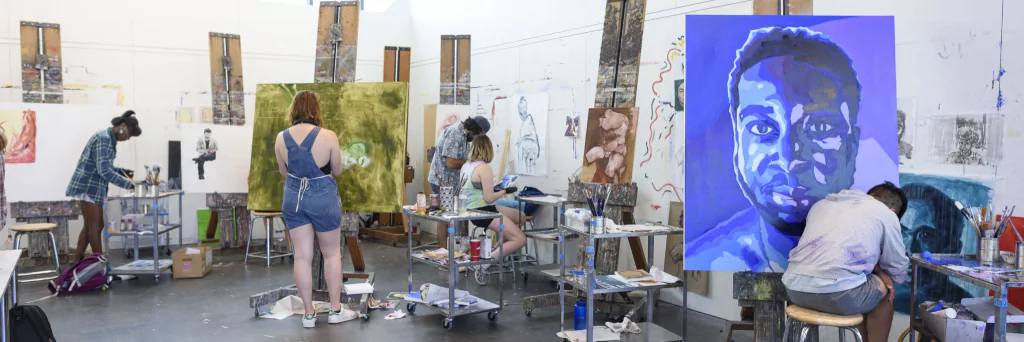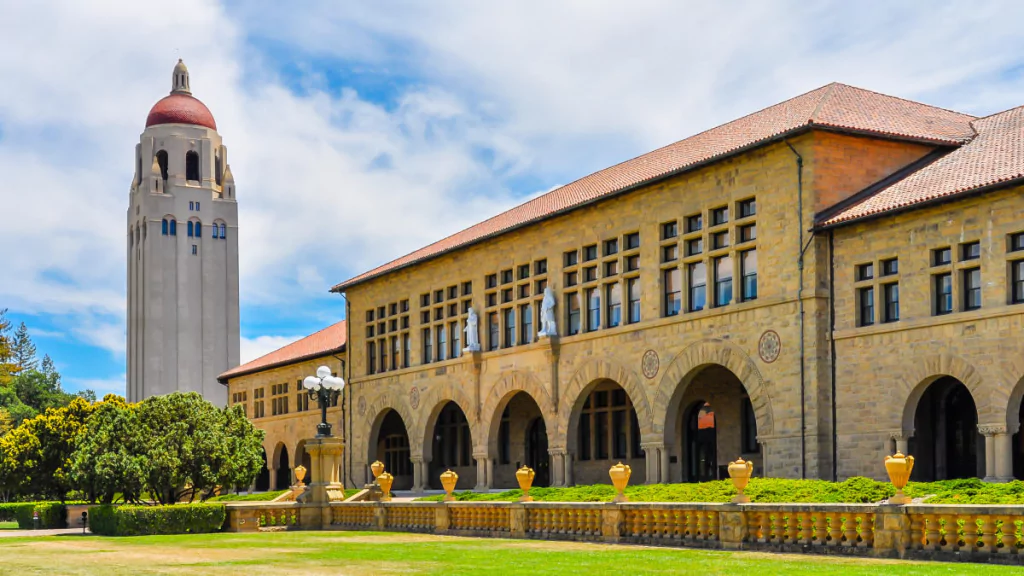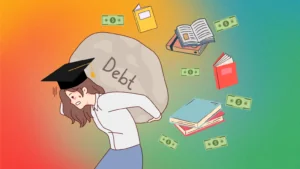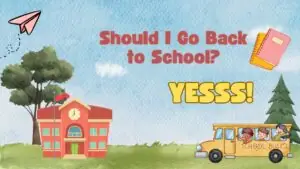In the Silicon Valley heartland of Stanford University, there is a stirring among the arts students. A freshman at Stanford, also a musician, highlights the not-so-common struggle of being an arts major in the world-renowned bastion of science, technology, engineering, and mathematics (STEM) in an article on Stanford Daily. Are artists finding their rhythm in this tech-focused environment?

✅ AI Essay Writer ✅ AI Detector ✅ Plagchecker ✅ Paraphraser
✅ Summarizer ✅ Citation Generator

Image source undergrad.stanford.edu
Key Takeaways:
- Revitalizing Arts Education. Despite its STEM-dominated reputation, Stanford University is slowly fostering a renaissance in arts education. Students from both artistic and technical fields are welcome.
- A Call for Action. There’s an increasing demand for stronger arts faculty and robust career planning resources. They will support students pursuing arts professionally.
- Cultural Shift Needed. Stanford is urged to create a more inclusive and equitable arts education environment. Hoping to make arts a fundamental part of its culture just like STEM fields.
The Struggle of Artistic Identity
The cultural difference between humanities and STEM fields becomes evident when the musician attends a gathering where his peers are pursuing disciplines such as Biomechanical Engineering and Aeronautics. He notes, “I began to notice a consistent reaction when I would respond ‘music’ to ‘what’s your major?’ The response would be one of several options: ‘That’s so interesting’, ‘Music and…’ or ‘Oh, haha. I’m in a major that I know I’ll make money from.'”
At Stanford, home to tech giants and startups, the question that emerges for artists is:
- Can an artist find their place at Stanford? It seems the cultural arts have a place in this STEM hub, albeit not as obvious.
An Ode to Stanford’s Arts Programs
Despite the STEM focus, Stanford’s arts programs have a deep-rooted history. Jim Nadel ’72, the founder of the Stanford Jazz Workshop (SJW), remembers a time when the music scene was quite different. But now, he argues that Stanford has become a great place for jazz music, attracting physics, math, and computer science majors who also harbor an interest in music.
The university recently launched the interdisciplinary arts minor and Honors in the Arts program, signaling a promising turn for arts education at Stanford. Jessi Piggott Ph.D. ’19, associate director of the Stanford Arts Institute, notes the students engaged in these programs are fiercely committed to the arts.
Artists on the Brink of Change
Despite the strides made in arts education at Stanford, challenges remain. There is an overwhelming demand for arts practice classes, and students are declaring arts practice minors just to get into them. What’s more, artists often grapple with imagining a career in their chosen field after Stanford. The need for more robust career planning for artists is apparent.
Artistic education at Stanford could also do with some stronger support. Many artists feel they should be given clearer pathways and more artistic resources, such as the ability to learn how to get their artwork into galleries or how to promote music as an independent artist.
In Need of a Cultural Transformation
For Stanford to embrace the arts fully, it requires a cultural shift. Deborah Cullinan, Vice President of the Arts at Stanford, shares this sentiment. She believes that living creative lives is just as important as academic pursuits.
However, artists at Stanford are deprived of the depth of faculty seen in other fields. John Chowning DMA ’66, founding director of the Center for Computer Research in Music and Acoustics (CCRMA), believes that the artistic impulse will always find a way. Yet, the question remains: can Stanford foster an environment where artists are as integral a part of the culture as the STEM majors?

Image source thesanfranciscopeninsula.com
A Cultural Arts Renaissance
Stanford, with its wealth of resources, has a responsibility to inspire other educational institutions by prioritizing arts education. The musician concludes his article with a sense of optimism, indicating that there might indeed be room for artists at Stanford after all.
A Look From Past To Future
The Golden Era of Music Majors (1970s)
In the 1970s, the arts scene at Stanford was thriving. The Stanford Jazz Workshop was founded and around 200 music majors were enrolled at the university. The economic context of this era permitted more artistic experimentation and less emphasis on high-income careers.
Rise of the ‘Techies’
Over time, a cultural shift saw a decrease in arts majors and a rise in focus towards STEM subjects. This change created a divide between arts and humanities majors, labeled as ‘fuzzies’, and STEM majors, termed as ‘techies’.
Attracting Artistic Interests
Despite a decrease in arts majors, Stanford managed to attract students with strong artistic inclinations such as Ted Danson, Reese Witherspoon, and Adam West. These students, however, did not graduate from Stanford.
Resurgence of Jazz
The Stanford Jazz Workshop experienced a rise in jazz musicians, showcasing that the arts were still alive and well within the campus despite the overall decline in music majors.
The Demand for Art Classes
An increase in the enrollment of art classes was observed, indicating a renewed interest in the arts. Some students even declared an arts practice minor as early as their first quarter, highlighting the growing appeal of the arts.
The Launch of Interdisciplinary Arts Programs (2023)
In a bid to cater to a more diverse student body, Stanford launched the interdisciplinary arts minor and the Honors in the Arts Program. These programs opened doors for students interested in exploring the intersection of arts with other fields.
The Arts vs. Alternative Careers Debate (2023)
Despite the university’s efforts to support the arts, there remained a tension between pursuing arts professionally and applying artistic skills in alternative careers. Conversations about increasing support for artists to follow their craft independently started gaining momentum.
A Call for Diversity and Equity in Arts Curriculum (2023)
Discussions about diversity and equity emphasises that Stanford’s commitment to the arts should not be restricted to privileged students. But be accessible to all.
Reflections and Hope for an Improving Culture (May 2023)
On reflecting upon their first year at Stanford, the author found a comfortable blend of arts and academics. They also expressed hope for a continually improving and inclusive culture for artists at Stanford.
The Final Thought
As Stanford University, known for its STEM prowess, begins to emphasize the arts, challenges and opportunities arise. The need for a more influential arts faculty, enhanced career planning in the arts, and a shift in perceptions about arts as a viable career path are key steps towards this transformation.
With inclusivity and equity at its core, this cultural shift aims to ensure that arts education is a right for all. The journey towards this arts renaissance is in progress, making Stanford a potential beacon for arts education.
Related stories:
How to Write an Excellent Travelogue – Tips and Tricks
Balancing Life: How Full-Time College Students Manage Work and Academics
Bouncing Back: Lessons and Strategies for Overcoming Unsuccessful College Applications
Follow us on Reddit for more insights and updates.





Comments (0)
Welcome to A*Help comments!
We’re all about debate and discussion at A*Help.
We value the diverse opinions of users, so you may find points of view that you don’t agree with. And that’s cool. However, there are certain things we’re not OK with: attempts to manipulate our data in any way, for example, or the posting of discriminative, offensive, hateful, or disparaging material.